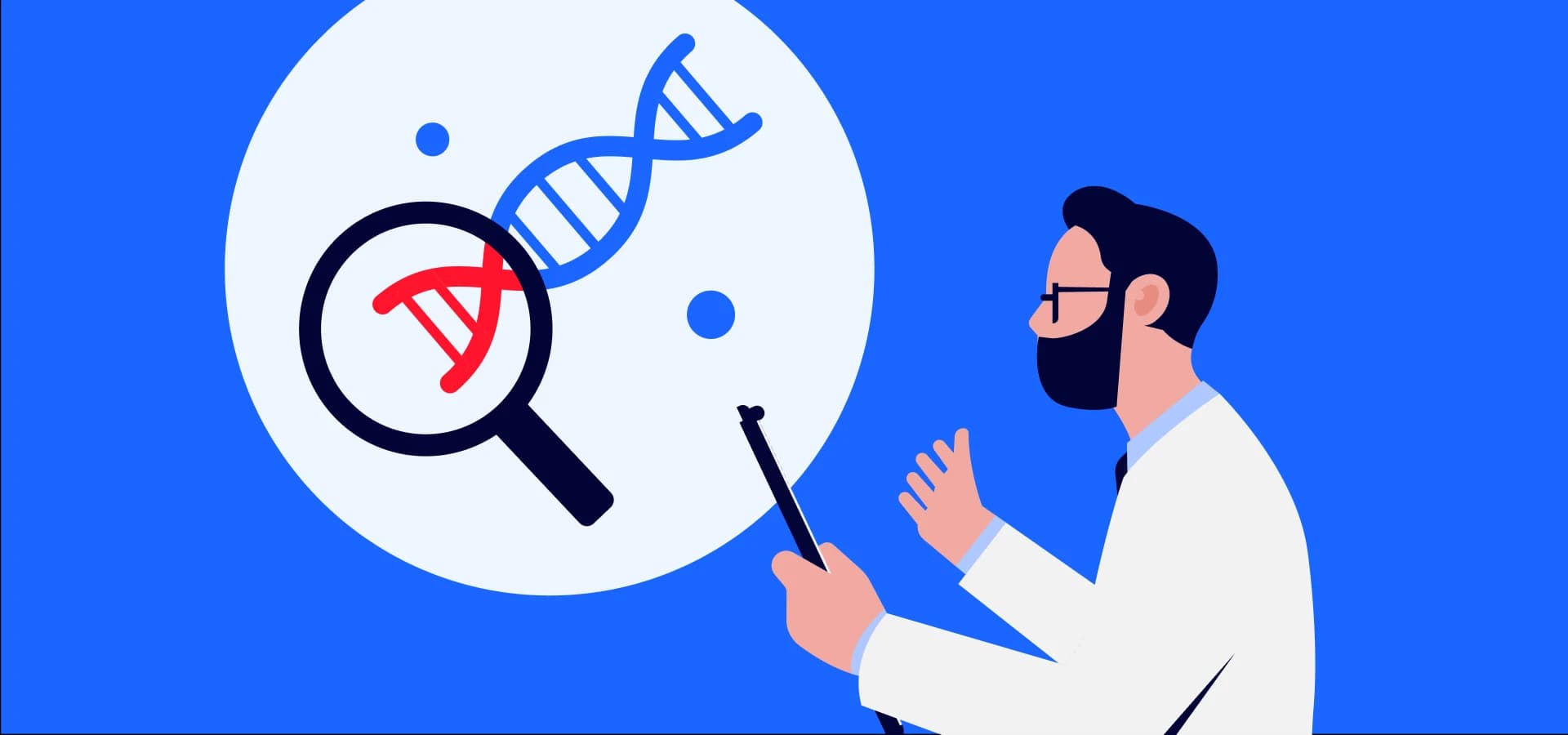3billion Reanalysis Part 1: Genetic Testing Is Not the End — Why Is Reanalysis Necessary?
- Genetic test | 25. 11. 17
Genetic testing has now become a key tool in diagnosing rare diseases.
In clinical practice, it often serves as an important starting point for understanding a patient’s complex symptoms.
However, as a clinical geneticist reviewing data, I frequently encounter moments where a single test does not provide all the answers.
Genomic analyses may include variants that cannot be clearly interpreted (Variants of Uncertain Significance, VUS), and variants found in genes without known disease associations can create fundamental limitations in interpretation.
In other words, genetic testing is not an examination that ends with the initial result—its value grows as new knowledge accumulates over time.
Reanalysis is the process of revisiting and reinterpreting existing data by incorporating the latest scientific research and updated clinical information.
What Is Reanalysis?
Reanalysis does not mean performing a new genetic test.
It refers to the process of reinterpreting previously generated genomic data by incorporating the latest scientific knowledge, updated databases, revised interpretation guidelines, and any changes in the patient’s clinical presentation.
For example, a variant that lacked sufficient evidence a few years ago may now be reclassified as pathogenic if recent research has demonstrated its disease-causing function. In such cases, the variant is no longer considered a Variant of Uncertain Significance (VUS).
Additionally, new symptoms or test results that appear as a patient grows can provide important clues that shift the direction of interpretation during reanalysis.
Ultimately, reanalysis is not about generating new data—it is about understanding existing data in a new way as scientific knowledge expands.
Why Is Reanalysis Necessary?
1. Changes in Clinical Information (Phenotype)
Patients with rare diseases may develop new symptoms as they grow.
For example, a child who initially presented only with developmental delay and hypotonia may later develop seizures, ataxia, visual disturbances, or organ dysfunction.
As the clinical phenotype expands, the set of relevant genes also changes.
Reanalysis that incorporates this new information can significantly increase the chances of reaching a diagnosis.
2. Rapid Advancements in Human Genetics
Genetics continues to evolve rapidly. Major databases such as ClinVar, OMIM, and ClinGen add thousands of new gene–disease associations every year.
As a result, variants that were considered insignificant five years ago may now be reclassified as pathogenic and directly associated with disease.
New scientific knowledge can fundamentally change the meaning of existing data—
and this is exactly why reanalysis is so important.
The Real Impact of Reanalysis — What Studies Show
Multiple international studies consistently report an additional 10–20% increase in diagnostic yield through reanalysis.
In other words, 1–2 out of every 10 patients who did not receive a diagnosis from their initial test may obtain a new diagnosis after reanalysis.
These improvements are the result of combining:
- the use of updated databases
- newly identified gene–disease associations
- updated clinical information from patients
Reference
- Ewans LJ, et al. (2018). Whole-exome sequencing reanalysis at 12 months boosts diagnosis and is cost-effective when applied early in Mendelian disorders. Genet Med, 20(12):1564–1574.
- Wright CF, et al. (2018). Making new genetic diagnoses with old data: iterative reanalysis and reporting from genome-wide data in 1,133 families with developmental disorders. Genet Med, 20(10):1216–1223.
3billion’s Perspective: A Reanalysis System That Connects Two Essential Axes
For reanalysis to be effective, two key components must work together:
- newly accumulated scientific knowledge
- updated clinical information provided by healthcare professionals
3billion functions as the platform that brings these two axes together within a single diagnostic process.
1. Automatic Reanalysis System
3billion’s system regularly applies the latest databases and interpretation guidelines.
When new clinical significance is established for specific genes or variants, the system automatically identifies related candidate variants and alerts clinicians that reanalysis may be required.
2. Immediate Integration of Clinical Information
When healthcare providers share new symptoms or test results, this information is immediately incorporated into the analysis pipeline, enabling rapid reanalysis of the patient’s data.
✔ A Connection Point in the Diagnostic Process
Because
◼ updates in scientific knowledge (data axis) and
◼ clinical observations from the field (patient axis)
are seamlessly integrated within 3billion’s system, the efficiency and accuracy of reanalysis are significantly enhanced, and the quality of personalized diagnostic care is elevated.
Clinical Geneticist’s Perspective
Reanalysis is also an essential process for clinical geneticists.
In clinical practice, we often encounter cases where symptoms and family history strongly suggest a genetic disorder, yet the initial test fails to identify a cause. Conversely, there are situations where a potentially pathogenic variant is identified, but the patient shows no related symptoms, making it difficult to reach a clinical diagnosis.
However, as time passes, new research is published, and clinicians gather additional follow-up information, previously unclear cases often begin to take shape.
In particular, when reanalysis leads a previously negative case to receive a positive diagnosis, the impact is significant both clinically and professionally. Being able to guide patients and families who have long searched for answers is one of the most meaningful parts of this work.
3billion’s reanalysis system helps reduce uncertainty in these situations and supports clearer interpretation of patient data. From a clinical geneticist’s viewpoint, the process feels far more structured and reliable with this system in place.
These factors make reanalysis not a burdensome task, but a natural and valuable step toward providing better answers for patients.
In the next part, we will look at how healthcare providers can incorporate new clinical information into reanalysis, and review best practices for performing reanalysis within the 3billion system.

Do you find this post helpful?
Click the button below to copy and share the link.

Sohyun Lee
Clinical Genomics Scientist & Clinical Customer Support — guiding test selection, supporting variant and result interpretation, handling case inquiries, and translating field insights into service improvements.





